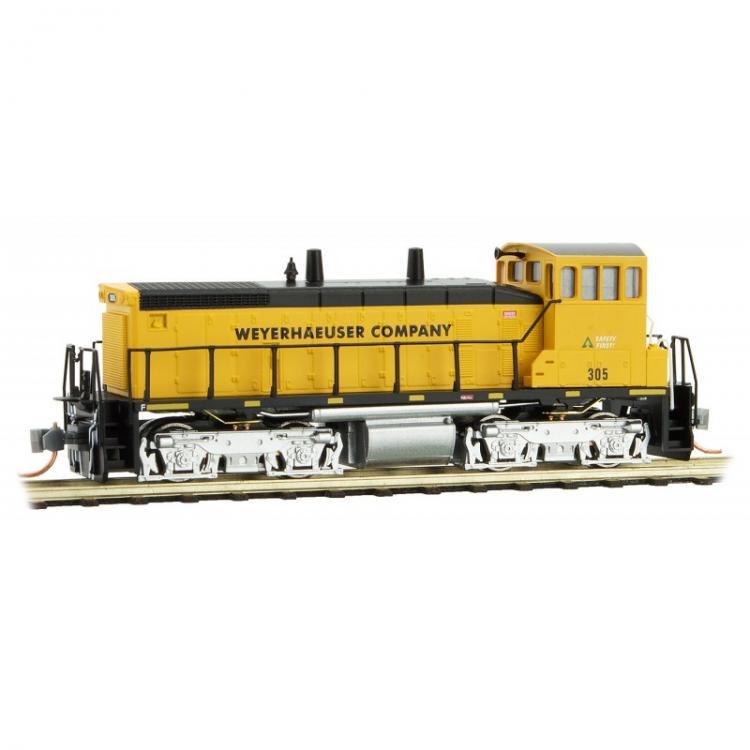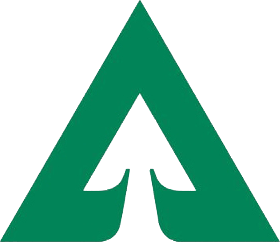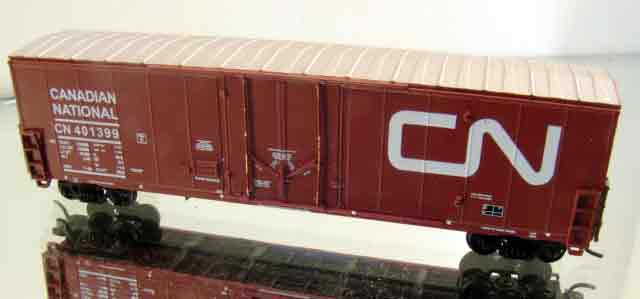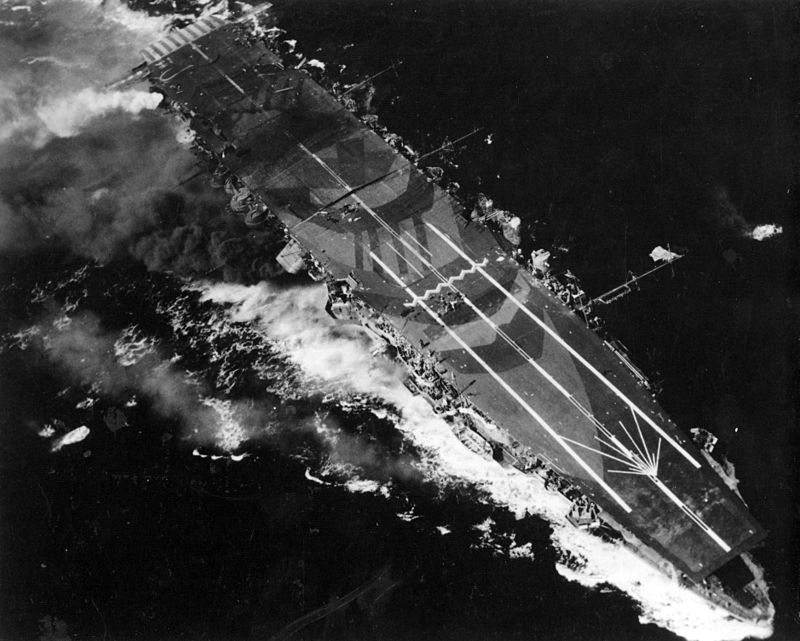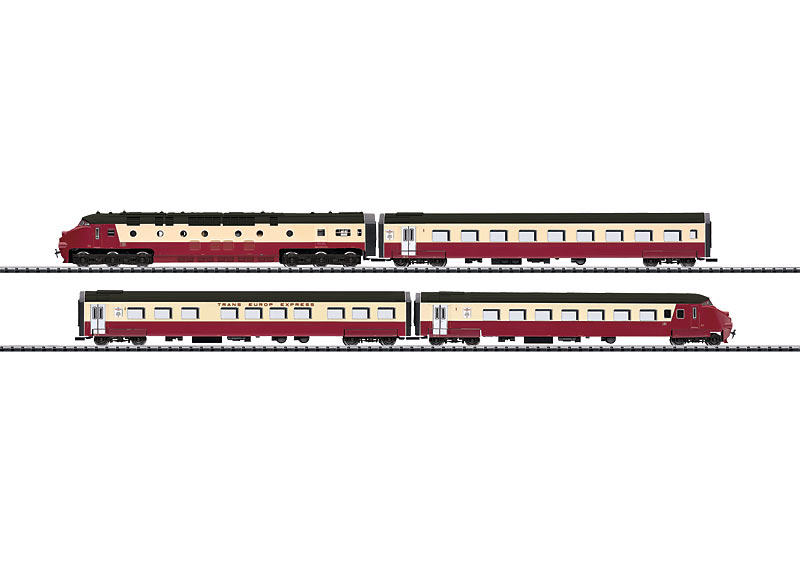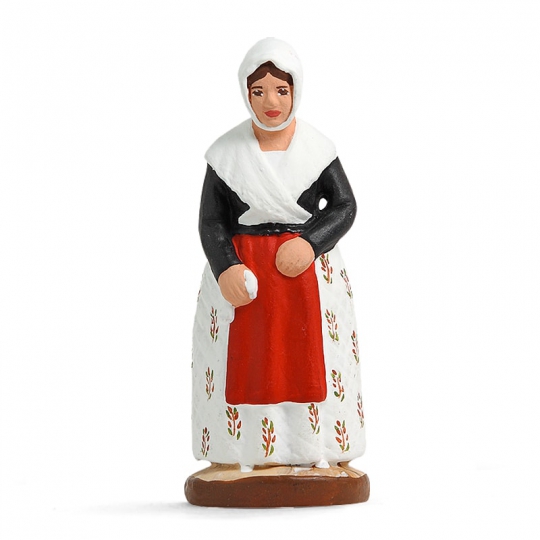Specific Item Information: part of set 993 01 550
Model Information: Micro-Trains introduced this model in 2014. It is MTL's first new locomotive model since their 2002 EMD FT release. The mechanism is very similar to the Life-Like mechanism they had previously used with several important upgrades including DCC-friendliness. The chassis is manufactured by Walthers/Life-Like in China. Apparently, Micro-Trains had finally run through the thousands of undecorated Life-Like SW9/1200's they had purchased for use in their train sets and needed a similar engine to serve the same purpose in their frequent new train-set releases. In response, Walthers (the current owner of Life-Like) was able to update the venerable mechanisms to modern standards. Micro-Trains makes and decorates the shells in their Oregon factory and combines them with the Walthers-supplied mechanisms. The new Micro-Trains/Walthers SW1500 is a solid upgrade from the original Life-Like switcher.
We asked Eric Smith from Micro-Trains why they elected to not use the same manufacturer for the Switchers as had made their FT units. He explained that the manufacturer of the FTs was no longer in business and that it was more efficient to use a revised version of the Life-Like switcher than to contract a complete new tooling from scratch.
The most important feature of the new mechanism is that it routes the power through a lightboard prior to sending it to the motor. This permits a drop-in DCC decoder upgrade. The motor performs similarly to the predecessor in that it can pull 15 or more cars on level track. The engine operation is similarly smooth and quiet.
The Walthers rep at the 2017 NSE convention stated that Walthers would also be releasing this locomotive with their own branding and shells "sometime in the future".
We asked Eric Smith from Micro-Trains why they elected to not use the same manufacturer for the Switchers as had made their FT units. He explained that the manufacturer of the FTs was no longer in business and that it was more efficient to use a revised version of the Life-Like switcher than to contract a complete new tooling from scratch.
The most important feature of the new mechanism is that it routes the power through a lightboard prior to sending it to the motor. This permits a drop-in DCC decoder upgrade. The motor performs similarly to the predecessor in that it can pull 15 or more cars on level track. The engine operation is similarly smooth and quiet.
The Walthers rep at the 2017 NSE convention stated that Walthers would also be releasing this locomotive with their own branding and shells "sometime in the future".
DCC Information: Newer (2017+?) releases accept TCS MT 1500 and Digitrax DN-126M2 decoders
Road Name History: Weyerhaeuser (pronounced "Warehouser") Company, is one of the world's largest private owners of timberlands, owning or controlling nearly 12.4 million acres of timberlands in the U.S. and managing additional 14.0 million acres timberlands under long-term licenses in Canada. The company also manufactures wood products. Weyerhaeuser is a real estate investment trust.
In 1904, after years of successful Mississippi River-based lumber and mill operations with Frederick Denkmann and others, Frederick Weyerhaeuser moved west to fresh timber areas and founded the Weyerhaeuser Timber Company. Fifteen partners and 900,000 acres (3,600 km²) of Washington timberland were involved in the founding, and the land was purchased from James J. Hill of the Great Northern Railway. In 1929, the company built what was then the world's largest sawmill in Longview, Washington. Weyerhaeuser's pulp mill in Longview, which began production in 1931, sustained the company financially during the Great Depression. In 1959, the company eliminated the word "Timber" from its name to better reflect its operations. In 1965, Weyerhaeuser built its first bleached kraft pulp mill in Canada. Weyerhaeuser implemented its High Yield Forestry Plan in 1967 which drew upon 30 years of forestry research and field experience. It called for the planting of seedlings within one year of a harvest, soil fertilization, thinning, rehabilitation of brushlands, and, eventually, genetic improvement of trees.
In 1904, after years of successful Mississippi River-based lumber and mill operations with Frederick Denkmann and others, Frederick Weyerhaeuser moved west to fresh timber areas and founded the Weyerhaeuser Timber Company. Fifteen partners and 900,000 acres (3,600 km²) of Washington timberland were involved in the founding, and the land was purchased from James J. Hill of the Great Northern Railway. In 1929, the company built what was then the world's largest sawmill in Longview, Washington. Weyerhaeuser's pulp mill in Longview, which began production in 1931, sustained the company financially during the Great Depression. In 1959, the company eliminated the word "Timber" from its name to better reflect its operations. In 1965, Weyerhaeuser built its first bleached kraft pulp mill in Canada. Weyerhaeuser implemented its High Yield Forestry Plan in 1967 which drew upon 30 years of forestry research and field experience. It called for the planting of seedlings within one year of a harvest, soil fertilization, thinning, rehabilitation of brushlands, and, eventually, genetic improvement of trees.
Brand/Importer Information: Micro-Trains is the brand name used by both Kadee Quality Products and Micro-Trains Line. For a history of the relationship between the brand and the two companies, please consult our Micro-Trains Collector's Guide.
Manufacturer Information:  Micro-Trains Line split off from Kadee Quality Products in 1990. Kadee Quality Products originally got involved in N-Scale by producing a scaled-down version of their successful HO Magne-Matic knuckle coupler system. This coupler was superior to the ubiquitous 'Rapido' style coupler due to two primary factors: superior realistic appearance and the ability to automatically uncouple when stopped over a magnet embedded in a section of track. The success of these couplers in N-Scale quickly translated to the production of trucks, wheels and in 1972 a release of ready-to-run box cars.
Micro-Trains Line split off from Kadee Quality Products in 1990. Kadee Quality Products originally got involved in N-Scale by producing a scaled-down version of their successful HO Magne-Matic knuckle coupler system. This coupler was superior to the ubiquitous 'Rapido' style coupler due to two primary factors: superior realistic appearance and the ability to automatically uncouple when stopped over a magnet embedded in a section of track. The success of these couplers in N-Scale quickly translated to the production of trucks, wheels and in 1972 a release of ready-to-run box cars.
Micro-Trains Line Co. split off from Kadee in 1990 to form a completely independent company. For this reason, products from this company can appear with labels from both enterprises. Due to the nature of production idiosyncrasies and various random factors, the rolling stock from Micro-Trains can have all sorts of interesting variations in both their packaging as well as the products themselves. When acquiring an MTL product it is very important to understand these important production variations that can greatly enhance (or decrease) the value of your purchase.
Please consult our Micro-Trains Collector's Guide

Micro-Trains Line Co. split off from Kadee in 1990 to form a completely independent company. For this reason, products from this company can appear with labels from both enterprises. Due to the nature of production idiosyncrasies and various random factors, the rolling stock from Micro-Trains can have all sorts of interesting variations in both their packaging as well as the products themselves. When acquiring an MTL product it is very important to understand these important production variations that can greatly enhance (or decrease) the value of your purchase.
Please consult our Micro-Trains Collector's Guide
User Alain LM comment: Duplicate of existing item 130701. Deleted.
Item created by: Powderman on 2021-12-27 10:43:11. Last edited by George on 2024-01-26 20:29:15
If you see errors or missing data in this entry, please feel free to log in and edit it. Anyone with a Gmail account can log in instantly.


